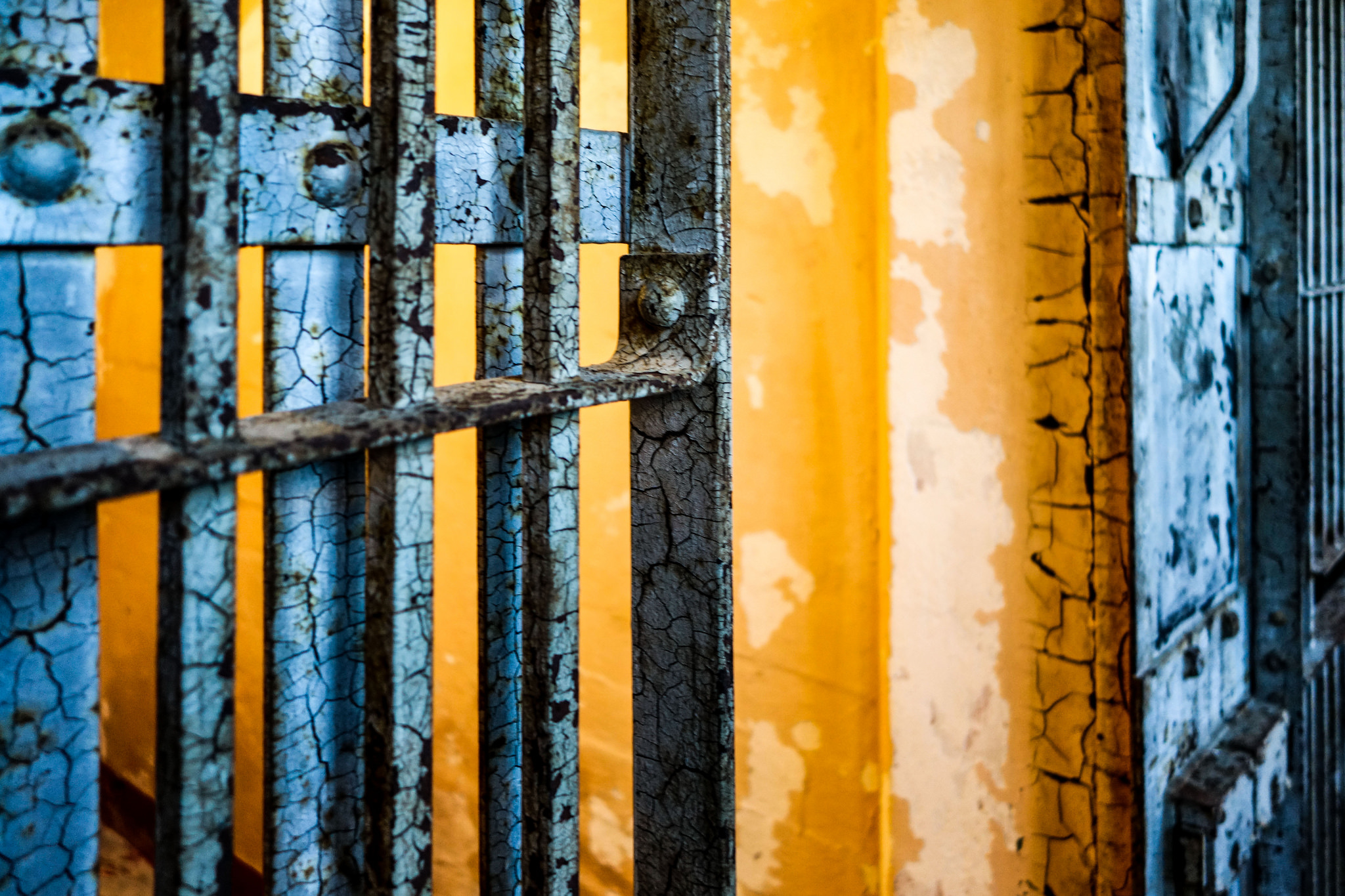
Liberation by Jar [o] via Flickr Creative Commons Liberation by Jar [o] via Flickr Creative Commons / Jar [o]
“One is astonished in the study of history at the recurrence of the idea that evil must be forgotten, distorted, skimmed over. We must not remember that Daniel Webster got drunk but only that he was a constitutional lawyer. We must forget that George Washington was a slave owner… and simply remember the things we regard as creditable and inspiring. The difficulty, of course, with this philosophy is that history loses its value as an incentive and example; it paints perfect men and noble nations, but it does not tell the truth.” – W.E.B. Du Bois
I spent the past weekend at the “Beyond Crime and Punishment: Fostering transformative justice in our communities” conference at Pendle Hill. The weekend felt like a dance between facing and remembering the truth and connecting and healing together from it.
Dr. Joy DeGruy spoke on Friday night about Post-Traumatic Slave Syndrome and the methods and avenues for recovering from it. She documented in searing detail the 339 years Africans were held in bondage in chattel slavery in the United States and the costs and impacts of deep, intergenerational trauma. She showed an image of a lynching from a postcard and invited us to look at the white folks in the image, standing around, staring. Even the children stared with empty, unsympathetic eyes. She said, “By now you may be wondering what happened to white people?”
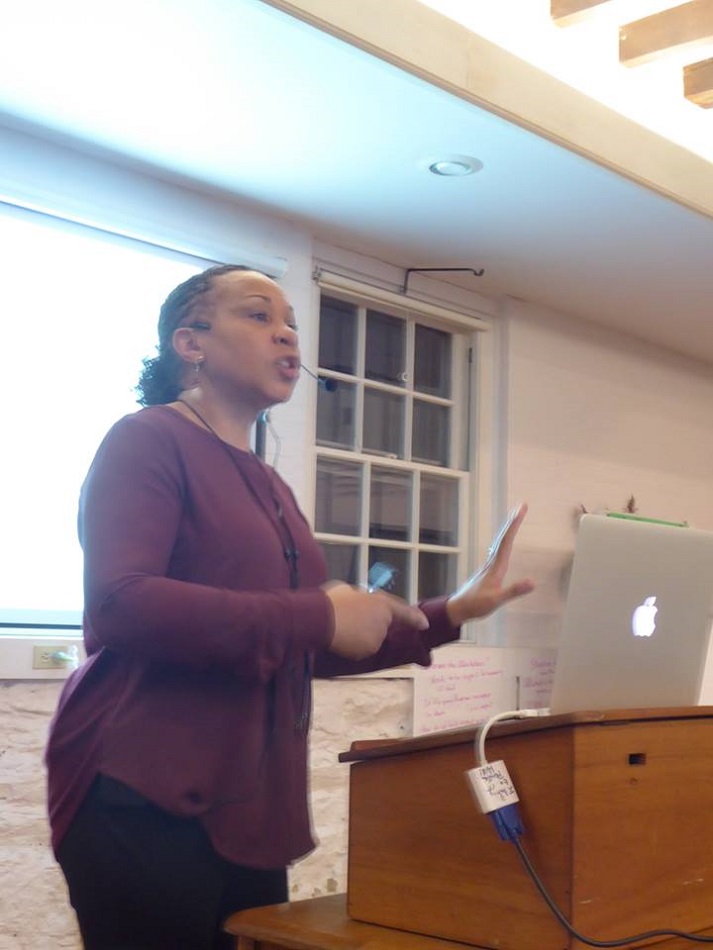
Dr. DeGruy told a story about visiting the Statue of Liberty and uncovering the truth of the origins of the monument. Abolitionist Edouard de Laboulaye originally conceived of the statue in 1865 to memorialize those enslaved by the United States. Laboulaye shared his idea with sculptor Frederic Bartholdi. Bartholdi’s original model for the statue included Lady Liberty holding broken chains in her left hand and at her feet. But the statue was funded by American backers (who likely earned their fortunes through enslaved labor) and they refused to fund the statue in its original version. So Bartholdi replaced the chains in the statue’s hand with a book.
Though they are very hard to see and mostly obscured by the pedestal, there are broken chains at Lady Liberty’s feet. After Dr. DeGruy asked the park rangers and the manager of the park why this history of the statue was hidden, the Park Service began to include this part of the story in their interpretation to visitors and you can find the story on their website. Dr. DeGruy pointed out that the brutal history of genocide and enslavement is often hidden in plain sight, but the pathology of the United States often manifests as denial, which gets in the way of healing. She said that if you want a real relationship, truth must be the foundation, not rapport, but truth.
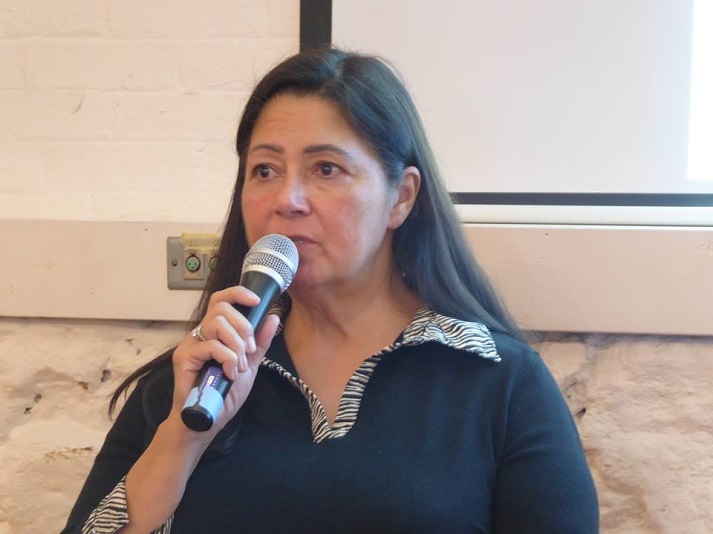 There were many other stories of the painful history of our country told at the conference. Denise Altvater, AFSC staff, and Esther Attean, (Passamaquoddy women who were instrumental in bringing forward the first Truth and Reconciliation process between a sovereign tribal nation, the Wabanaki, and the state of Maine), told the story of Indian boarding schools and adoption off the Wabanaki reservation and the widespread policy of cultural genocide, of “Kill the Indian, save the man,” that was practiced and is still being practiced today.
There were many other stories of the painful history of our country told at the conference. Denise Altvater, AFSC staff, and Esther Attean, (Passamaquoddy women who were instrumental in bringing forward the first Truth and Reconciliation process between a sovereign tribal nation, the Wabanaki, and the state of Maine), told the story of Indian boarding schools and adoption off the Wabanaki reservation and the widespread policy of cultural genocide, of “Kill the Indian, save the man,” that was practiced and is still being practiced today.
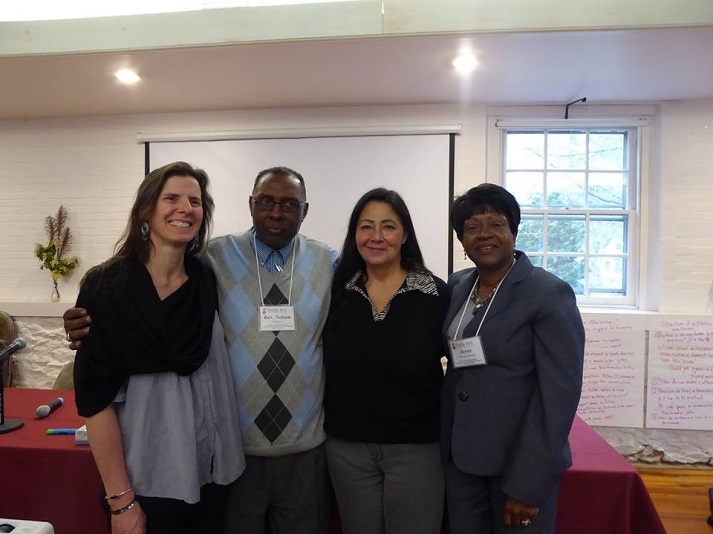
Rev. Nelson and Joyce Hobson Johnson (founders of the first US based Truth and Reconciliation commission) told the story of the Greensboro, North Carolina, massacre in 1979 in which five labor protestors were killed and 10 wounded by the Ku Klux Klan. Many shared the troubling, truthful stories of deep harm, of systems of oppression, racism, and exclusion.
While this all sounds serious and harsh, it was also a very hopeful time. Each of those who told stories of trauma did so with the sense of how to recover, move forward, and heal.
Dr. DeGruy told of how a community surrounding an African American child can help that child thrive in a hostile environment. Denise Altvater and Esther Attean told of the Truth and Reconciliation process between the Wabanaki and the state of Maine in which perpetrators and victims proceeded in unity toward healing through the telling of their stories.
Rev. Nelson and Joyce Hobson Johnson told how one of the perpetrators of the Greensboro massacre reached out to the victim’s family as he lay dying. The victim’s son asked him, “Why did you kill my daddy?” He said, “I was full of hate. I think God has forgiven me, but I can’t forgive myself.” Rev. Nelson said to him, “Go ahead and accept God’s forgiveness, but you have to tell the truth.” In that room, for just a moment, the perpetrator broke down and cried.
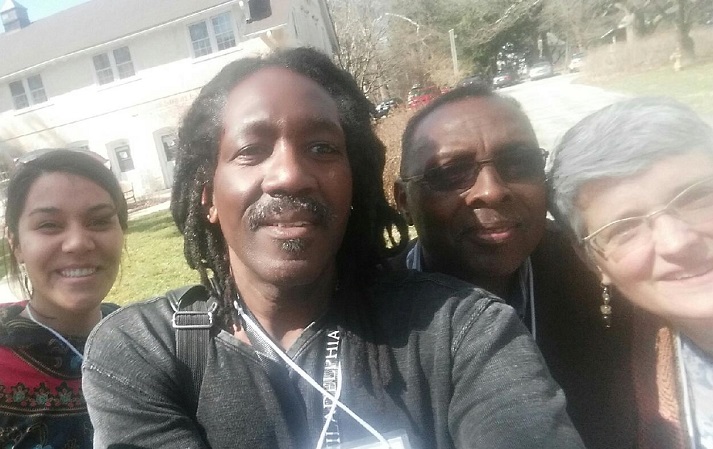 Throughout the conference, the stories of painful truth were leavened with story after story of reconnecting, of finding forgiveness and a sense of wholeness. We kept meeting in small circles to process what we were hearing. We would open with a poem, then pass a small mother doll and, one by one, speak our truth into the room. We talked about moments of harm and moments of healing, we talked about what scared us and what gave us hope.
Throughout the conference, the stories of painful truth were leavened with story after story of reconnecting, of finding forgiveness and a sense of wholeness. We kept meeting in small circles to process what we were hearing. We would open with a poem, then pass a small mother doll and, one by one, speak our truth into the room. We talked about moments of harm and moments of healing, we talked about what scared us and what gave us hope.
We shared stories and presence as we wove together a shared sense of belonging. And in those moments I could feel Spirit rising, a sense that beneath the matrix of control lies an interconnected web of relationships that God reveals and nurtures and that is stronger than any system of oppression… if we are willing to face and tell the truth.
Dr. DeGruy ended her talk by referencing an African proverb, “If you want to go fast, go alone, but if you want to go far, go together.” Healing from generations of harm and trauma won’t happen fast, but it is possible if we go together.
Related content
The Maine-Wabanaki TRC: Healing from historic trauma to create a better future
Quakerism mandates leadership: J. Jondhi Harrell on mass incarceration